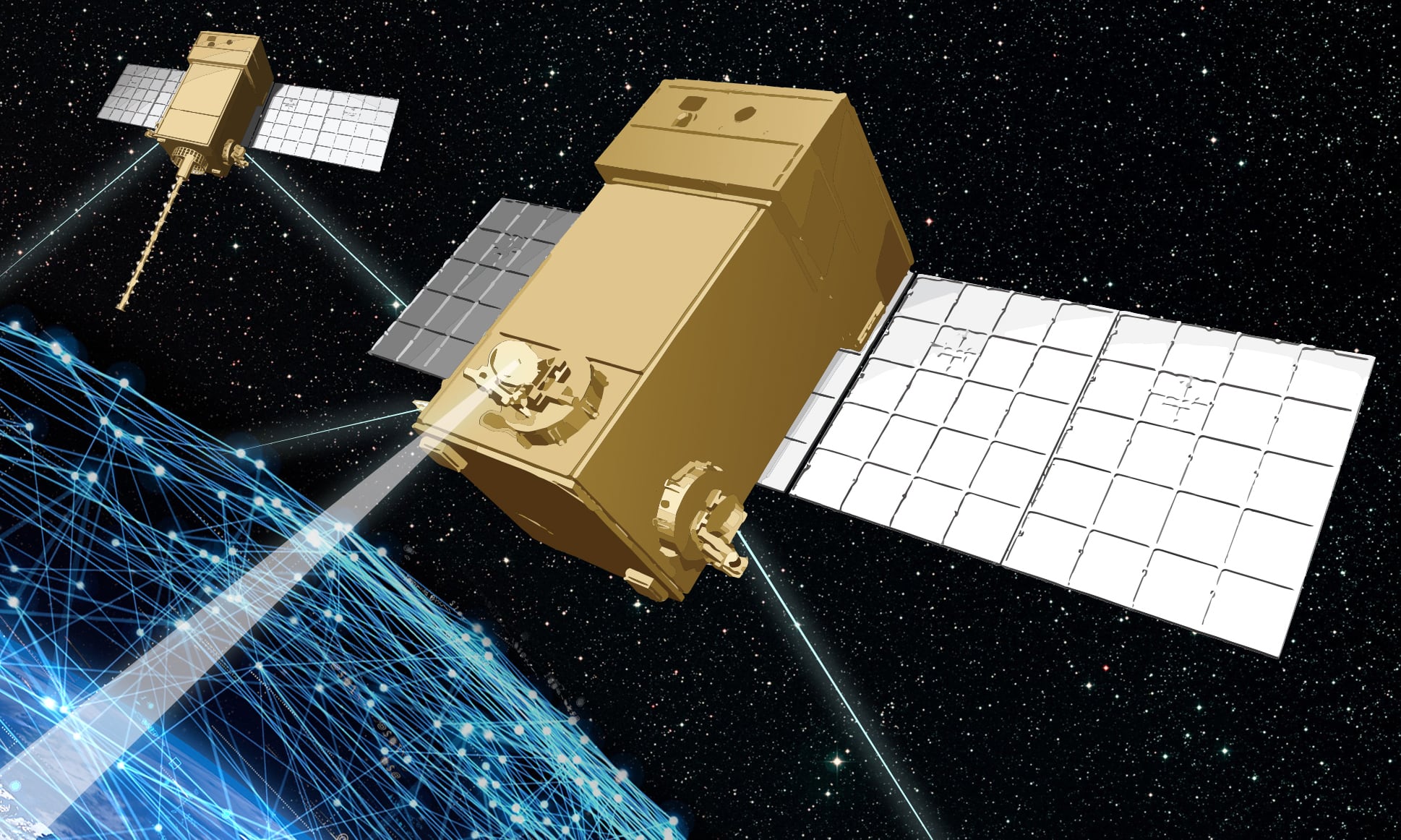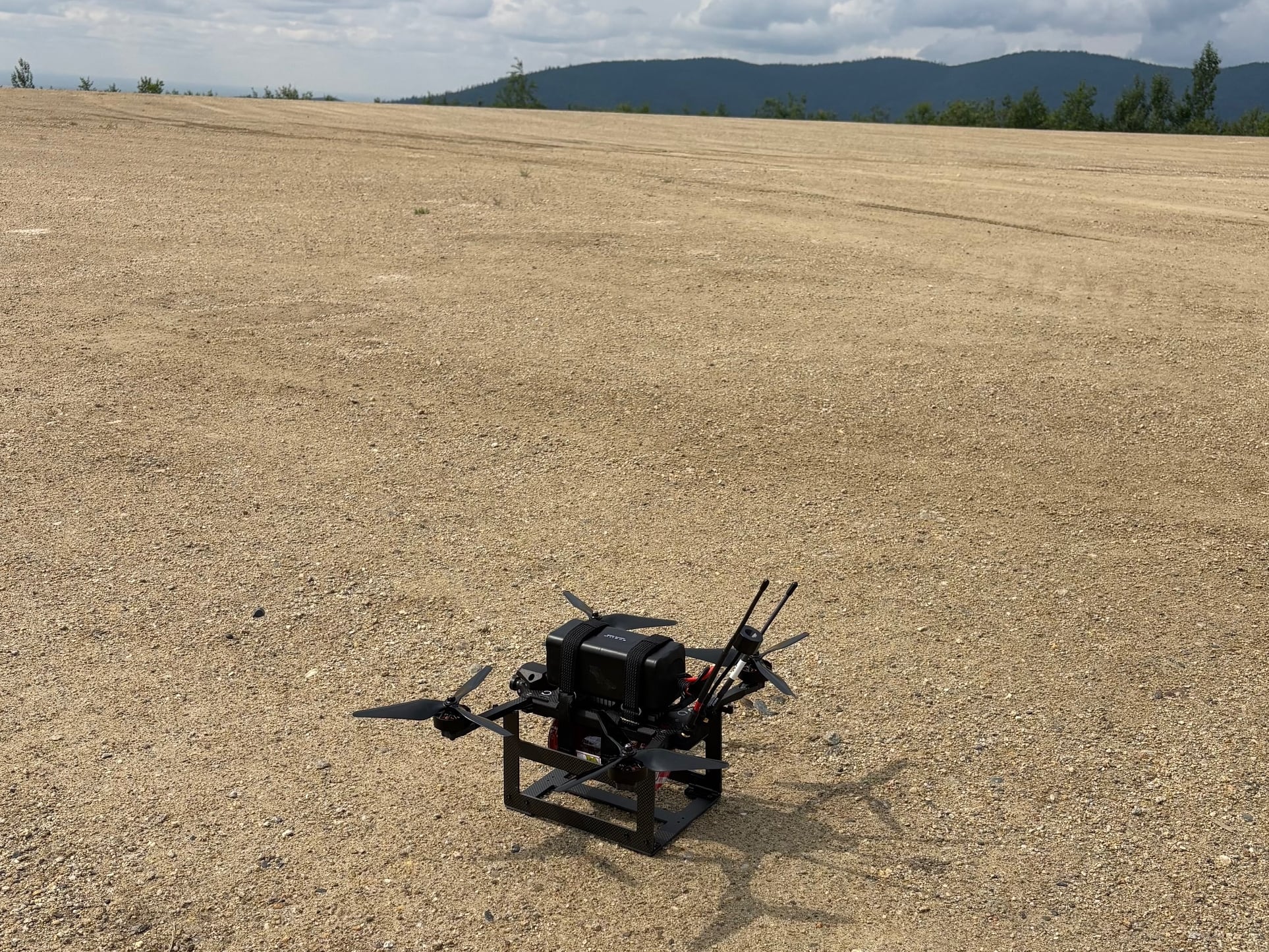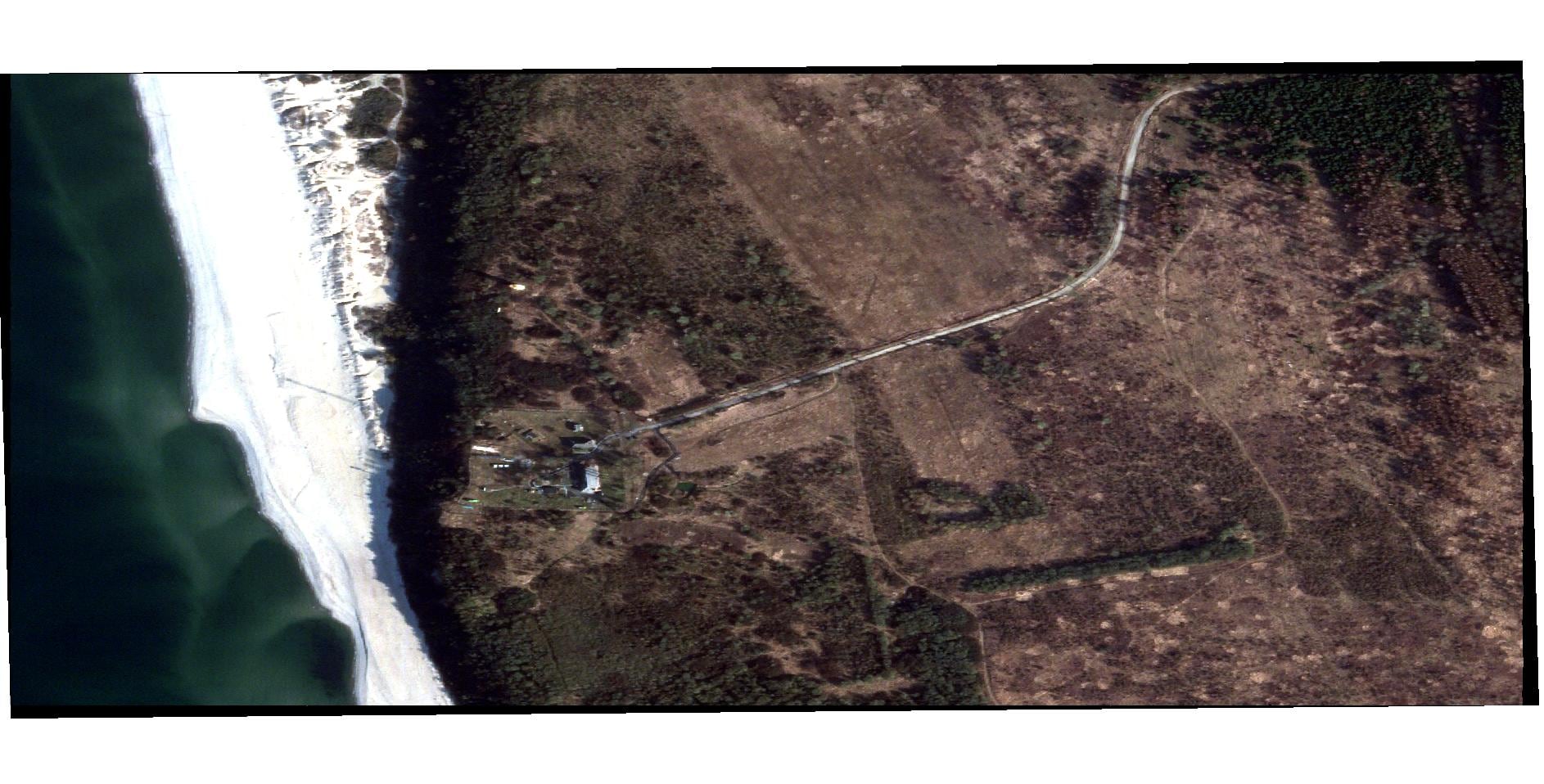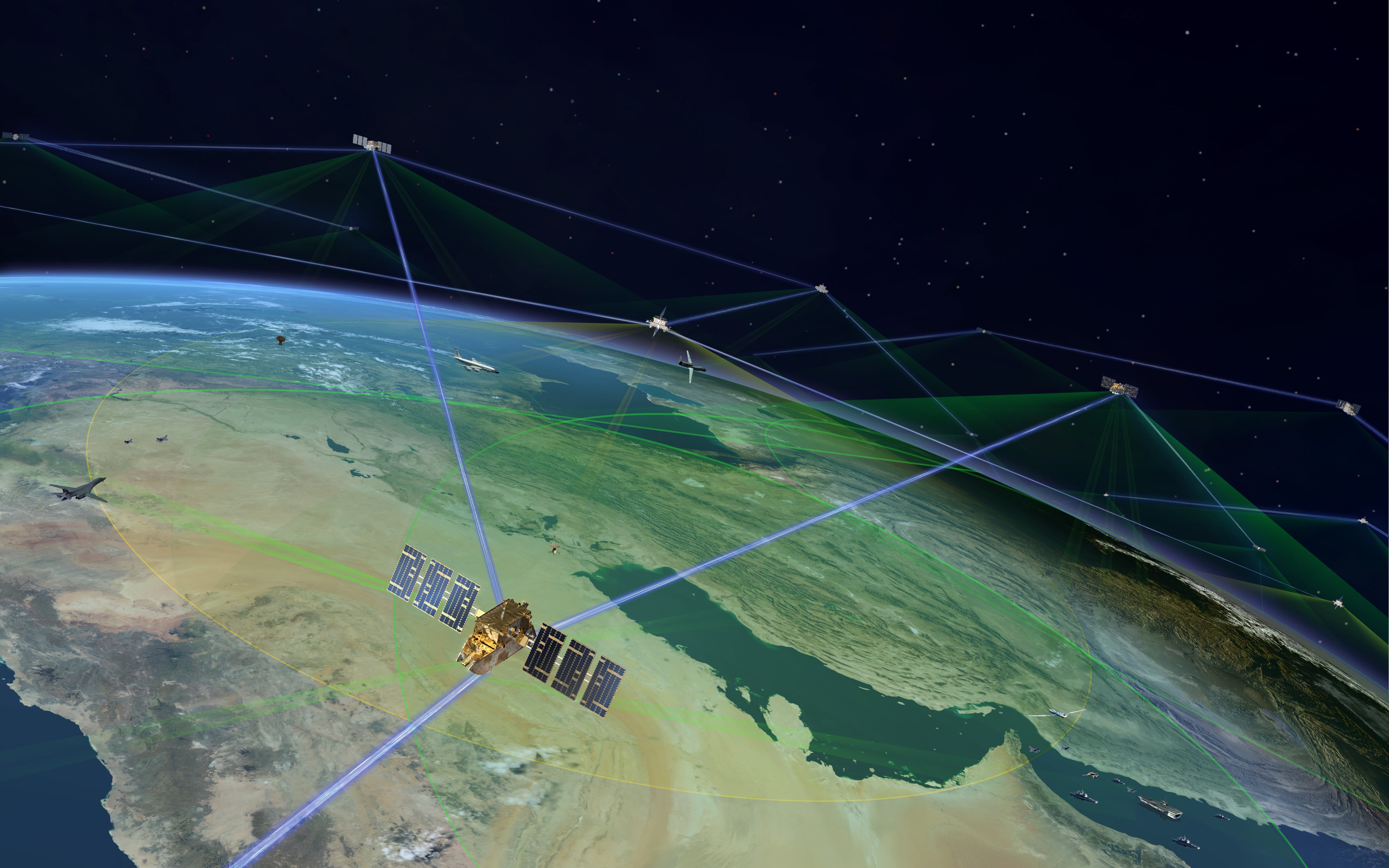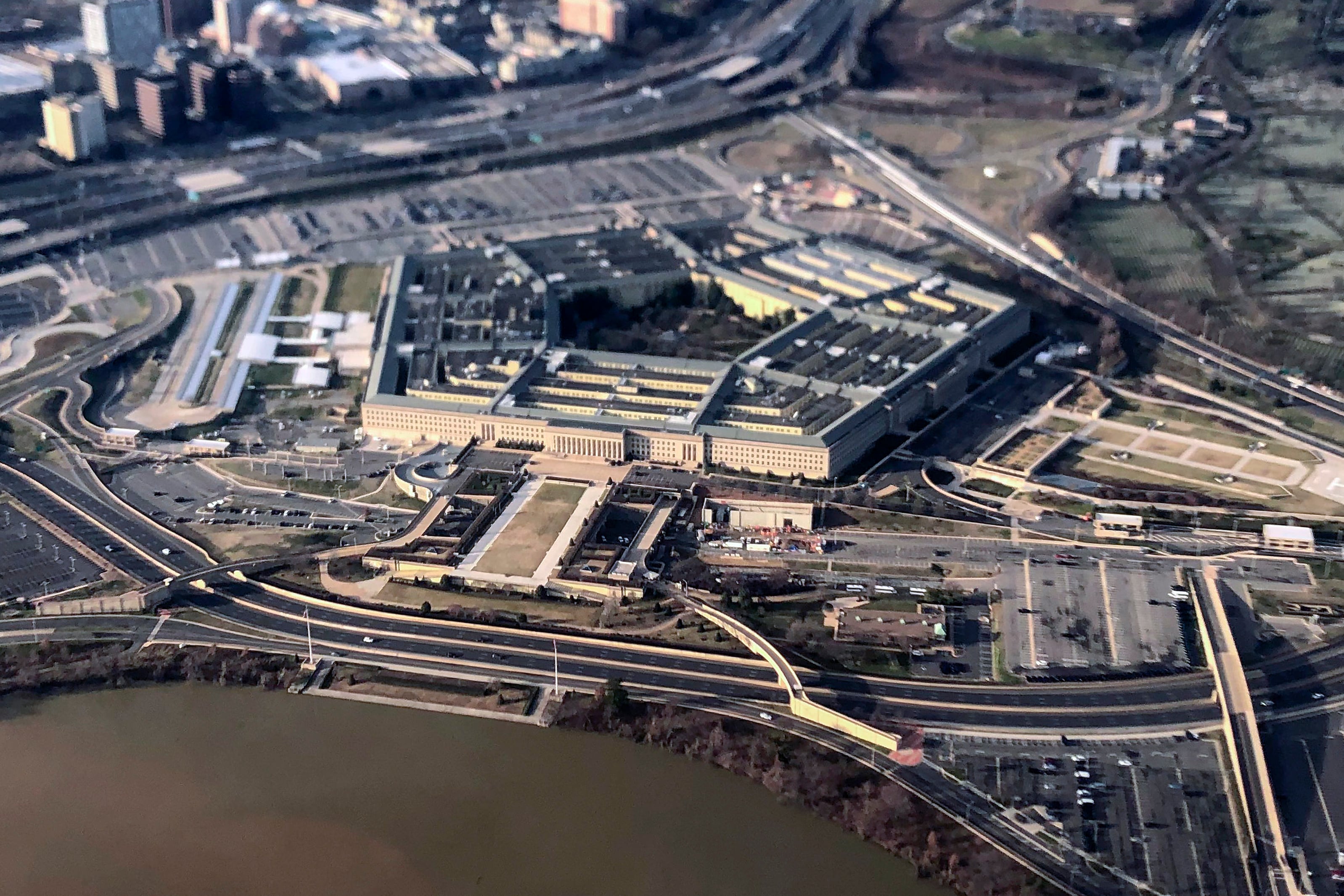General Atomics Aeronautical Systems, Inc. (GA‑ASI) has demonstrated the ability to forge a communications data link between an unmanned aircraft system and U.S. Marine Corps ground and air forces.
The company recently announced the outcomes of an exercise held at Marine Corps Air Ground Combat Center, Twentynine Palms, California, in July.
In the demonstration, operators mounted a network centric communications pod on board a company-owned Predator B and used it to forge a network in a simulated expeditionary environment.
"They wanted us to add our aircraft into a ground network of 20 to 30 users, and we were able to demonstrate that," said Doug Hardison, director of strategic development for the U.S. Marine Corps and U.S. Navy at GA-ASI.
The network was able to establish data links across two wave forms: the Adaptive Networking Wideband Waveform, typically used for ground forces, and the Tactical Targeting Network Technology, used primarily with aerial assets.
The company was able to share data across the two waveforms. While operators conducting the simulation were able to read the combined stream, the Marine Corps lacked the equipment to see the data-sharing in action.
"We are hoping to get together with them soon to demonstrate that," Hardison said.
As the Marine Corps explores potential uses for unmanned aircraft, the military in general is betting heavy on such platforms.
In a February hearing of the House Appropriations Committee, Defense Secretary Ash Carter highlighted a fiscal 2017 request for $1.2 billion in support of the Predator, also known as the MQ-9 Reaper, and other unmanned platforms.
"[T]hese investments will be critical as the need for ISR continues to increase around the world," he said.
The Marine Aviation Plan 2016 calls for unmanned aerial vehicles to conduct electromagnetic spectrum warfare and multisensor reconnaissance and surveillance; support arms coordination and control; and destroy targets.
The GA-ASI shows autonomous underwater vehicles in an added role as the hub of a networking capability that can supplement expeditionary forces that might otherwise have to rely on voice communications. "Those connections have their limitations. If I have to tell you my position every 30 seconds via voice, that’s very different than having it digitally portrayed on a map," Hardison said.
"Here I am, here is the enemy: I can spend five minutes telling you that on the phone, or I can push a button and you can see it exactly. That’s a fundamentally different way to think about the battlefield," he said.
The demonstration showed the feasibility of creating an airborne network that could extend to two types of users, known as advantaged and disadvantaged groups. Advantaged users at the battalion and regimental levels may have access to sophisticated electronics.
"They have all the right radios, they bring that big footprint of equipment," Hardison said.
The Marines tasked demonstrators with reaching out not only to this group but also to an assemblage of disadvantaged users. These battlefield users would access the network using Kinetic Integrated Low-cost Software Integrated Tactical Combat Handheld tablets.
"These represented the platoon and squad level, people who cannot practically carry all the equipment needed to bring information down to their fingertips," he said. "By putting that information in an aircraft overhead, we can disseminate it down to a lance corporal holding a tablet."
That information included imagery captured by GA-ASI's Lynx Multi-mode Radar, which was transmitted to Camp Pendleton's Battle Simulation Center. Operators also transmitted C-band Remote Operational Video Enhanced Receiver (ROVER) full-motion video.
"This gives the commanders a crystal-clear view of the battlefield that they have never had before," Hardison said. "The fight often is just in understanding what is happening around you. Video gives them the ability to act faster, to collaborate with the folks on their left and right. It makes them a more formidable fighting force."
GA-ASI said it received the Marine Corps request for a demonstration in April, meaning it was able to stand up the network centric communications pod relatively quickly.
"We’ve configured the pod to allow us to easily make changes," Hardison said. "Waveforms and radios are changing so fast, if you lock yourself into any technology, the only thing that’s guaranteed is that it will be obsolete in about a year."

